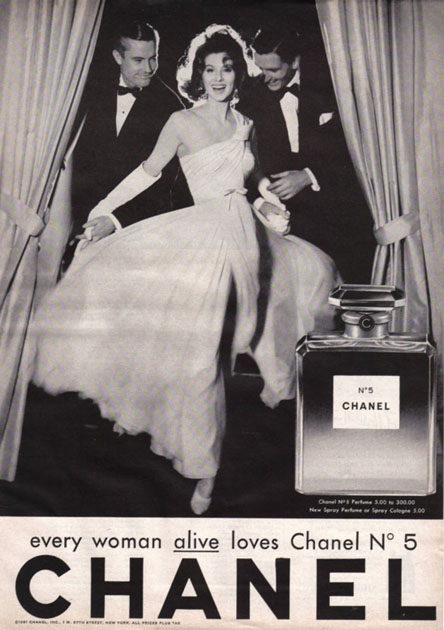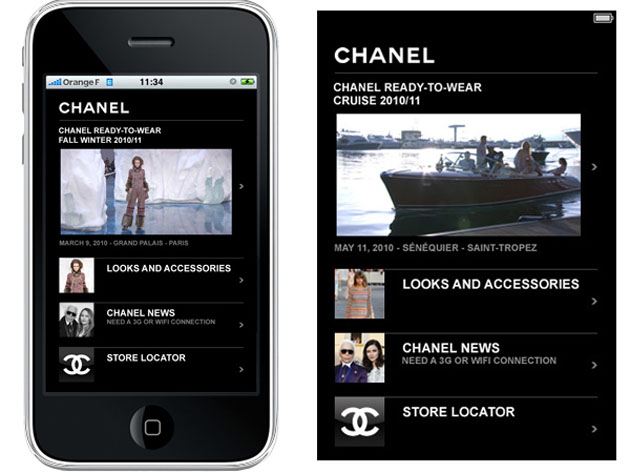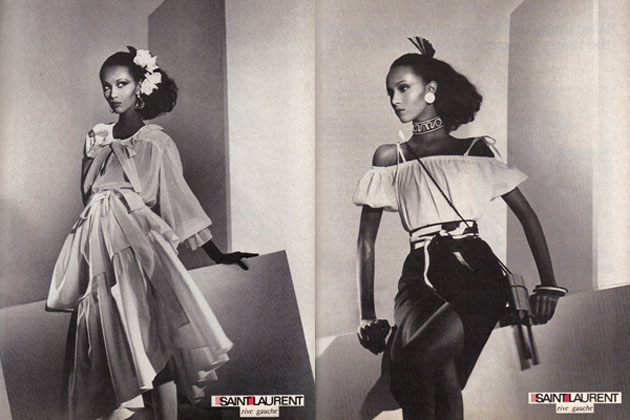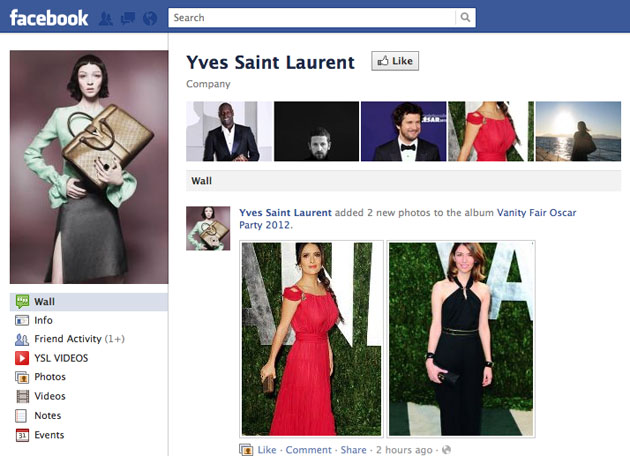The Change Of Luxury

Gold, champagne and a recognized logotype on the inside of a handbag or craftsmanship, primary materials and history – luxury means different things to different people, and the view on luxury brands have changed over time as well. While big logotypes in shining metal on your bag, sunglasses or loafers mediated timeless style, success and the power of spending during the 90’s, the view on luxury have become subtler today. It is no longer only a high price that conveys status; time and knowledge are becoming as valuable, in particular among consumers, and brands can no longer depend on people’s wish to extend their self-image through an expensive logotype. “Gucci Gucci, Louis Louis, Fendi Fendi, Prada, the basic bitches wear that shit so I don’t even bother” might just be a line in a rap song, or it might give a hint of where the luxury market been heading. People are looking for something that makes them unique and stand out of the crowd and even though words such as inaccessible, limited and second to none are continuous leading stars, the necessity for it to be expensive isn’t as important anymore and customers might just turn to other markets to find what they’re looking for.

So how are traditional luxury brands supposed to react to the changes in the view of their segment? Some of them operate in their natural environments, presenting skillful craftsmen in their stores, creating something genuine and push for heritage, history and quality. Some of them have turned to social media to help tell their story and some of them make the two worlds blend perfectly. The digital world that a few years back was discussed as something that would kill luxury through making it accessible for everyone, is what today might save them. Brands are discussing strategies for how they can become within reach for more people while retaining a high quality, discussing how they can be accessible but exclusive. Some of them trust customers to choose them because they deliver what they always done; prestigeless quality that is available for a slightly higher price while others focus on overtop the expectations of the luxury consumer, at every level. What they have in common is that the majority of them mention their genuine history as the foundation of their branding strategies for the future.

Most of the brands embraced the power of Facebook, Twitter and every other social media channel matching their target. Market researches show that high income earners, as well as the “regular” shopper, go online to see new products or learn more about a brand whether they in the end shop online or in a store, another reason to why it has been crucial for the luxury market to go digital. This pressure to be present online has though in many cases instead led to low quality content and a chase of likes and followers, resulting in a watered down message where the digital image of the brand doesn’t match the high end image conveyed through printed ads. Experts says that the solution is to make brands live their luxe life virtually as well as in reality, something that today is fully possible with technology that helps create real, customized digital content. Quick-made and poorly presented backstage videos or presentations just for the sake of it are no longer going to do it if you’re aiming at the self-centered and selective quality consumer. So which is the right way to go, the smartest line of attack?
Undoubtedly there is more than one answer to that question and luxury marketing have probably never been more complex than it is at present, but in many ways it has also never been as challenging and interesting as it is today.


